Dashi is the basic Japanese soup stock used in many Japanese dishes. Learn how to make Awase Dashi at home with umami-packed ingredients like kombu (dried kelp) and katsuobushi (dried bonito flakes).

When you decide to make Japanese food, you will realize that a lot of recipes require dashi, Japanese soup stock.
With this unfamiliar ingredient, you may think Japanese food is hard to replicate at home. On the contrary, dashi is actually the easiest soup stock anyone can make from scratch as it requires only 1-2 ingredients and 20-minute prep time. This post shows you how you can make Awase Dashi using a combination of ingredients. Once you learn the ins and outs of dashi making, you’ll be ready to tackle Japanese cooking with a breeze.
Table of Contents
What is Dashi?
Dashi (だし, 出汁) is Japanese soup stock that builds the bases for many of your favorite Japanese dishes like miso soup, chawanmushi, ramen, and shabu shabu. It is the essence of authentic Japanese flavor, and it tells the dishes apart if other substitutions are being used in place of the soup stock. And what defines dashi is the use of carefully selected ingredients like kombu, bonito flakes, shiitake mushrooms, and anchovies, and each ingredient is uniquely Japanese.
In general, there are five different types of dashi (two are vegan). Scroll down to see 5 different types or check out my Ultimate Dashi Guide. When we say “dashi” in Japan, it usually implies Awase Dashi because it’s the most commonly used stock.
Awase Dashi (合わせだし) is made from a combination of kombu (dried kelp) and katsuobushi (dried bonito flakes), and it’s the seafood-based stock. *Awase (合わせ) means “to combine”, “mixed”, or “together.”
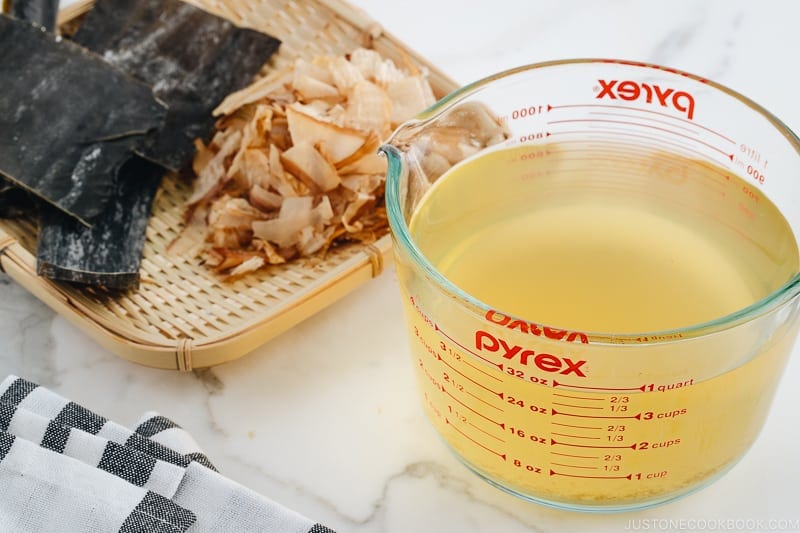
How to Make All-Purpose Basic Dashi
The First Dashi
The base of Awase Dashi is a vegan Kombu Dashi made from dried kelp. You can cold brew or hot brew kombu to make the dashi. Then you would add dried bonito flakes to the kombu dashi. This makes the stock more enriched. When you make dashi from the spent kombu and katsuobushi, it’s called Ichiban Dashi (一番だし). It’s basically the first pure dashi.
The Second Dashi
Niban Dashi (二番だし), or the second dashi is made from the spent kombu and katsuobushi, which you reserved from making Ichiban Dashi. Niban Dashi is a lighter, less intense dashi, yet still provides a great umami flavor despite the previously used ingredients.
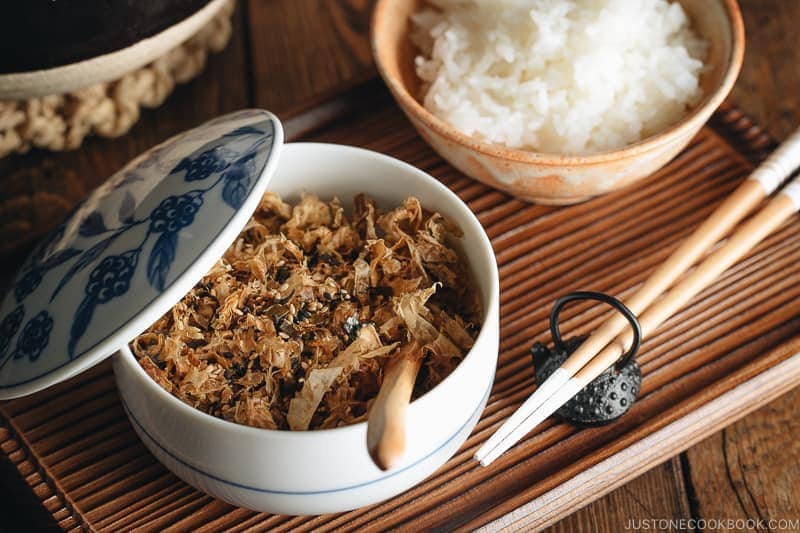
Do we really need to make dashi twice?
At a regular household, we make such a small amount of dashi that it’s not very efficient to make both Ichiban Dashi and Niban Dashi. My suggestion is to make very good Ichiban Dashi and utilize the used kombu and katsuobushi to make Homemade Furikake (rice seasoning) and Kombu Tsukudani (simmered kombu) after collecting enough used kombu and katsuobushi. This way, there will be no waste, and you get another side dish to accompany your meal.
So then who makes Niban Dashi? Japanese restaurants make a huge batch of dashi daily. They use Ichiban Dashi for dishes like Clear Soups (Osumashi おすまし) and Chawanmushi, which require the pure and maximum amount of umami from the dashi ingredients. They typically use Niban Dashi for simmered food (Nimono) and miso soup, which doesn’t require much flavor from the soup stock.
Dashi Shortcut
Sometimes life happens and you just don’t have 20 minutes to make dashi from scratch. On those occasions, you can use Dashi Packet or Dashi Powder.
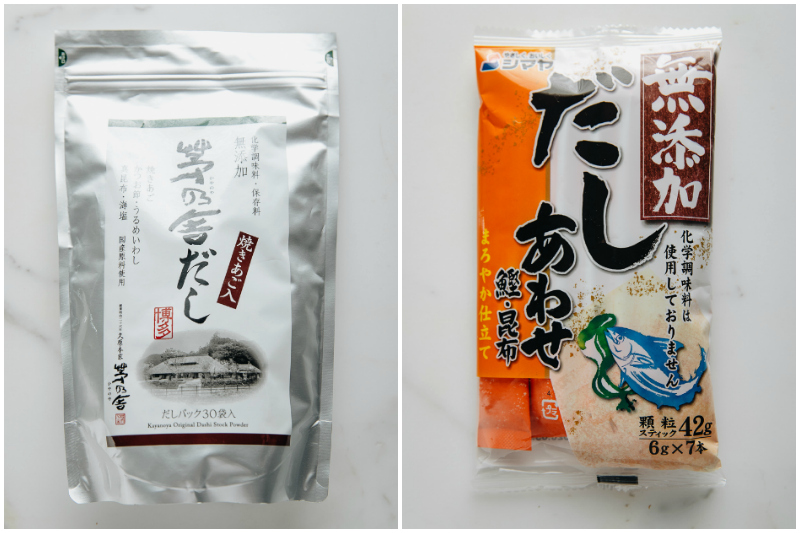
I love using Kayanoya Dashi Packet (left) and Shimaya Dashi Powder (right). Both are MSG-free and additive-free. You can purchase them at Japanese grocery stores or on Amazon:
The instruction on how to use them (recipes) can be found in the Dashi Packet post and Dashi Powder post.
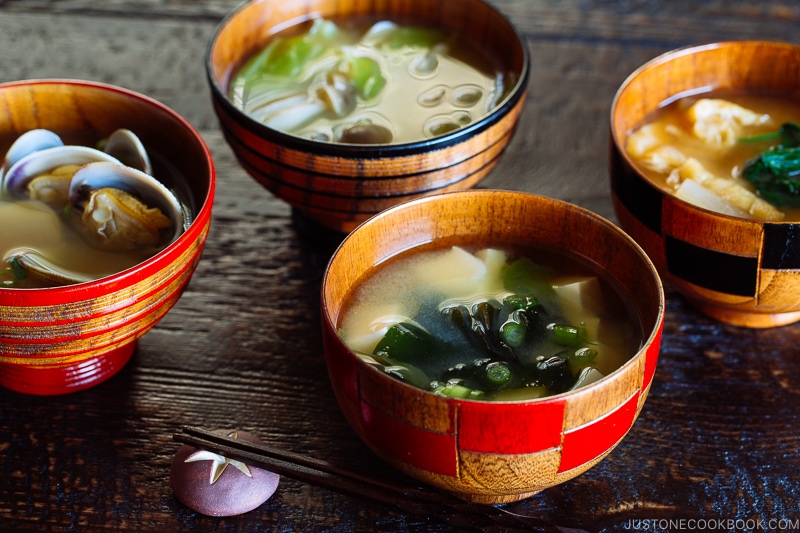
Easy & Delicious Recipes Using Dashi
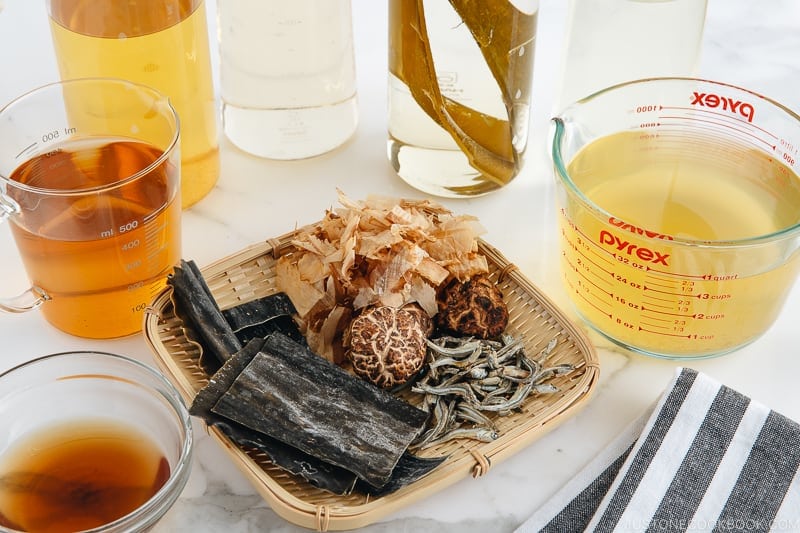
The Ultimate Dashi Guide
Dashi plays an important role as a flavor enhancer in Japanese cooking, so you don’t need to season the food with too much salt, fat, and sugar. Rich in minerals and other vitamins, dashi is considered a healthy ingredient in our daily diet.
There are six different types of dashi you can use in Japanese cooking, including vegetarian and vegan dashi (*).
- Awase Dashi – a stock made from a combination of dried kelp + bonito flakes
- Kombu Dashi * – a stock made from dried kelp
- Katsuo Dashi – a stock made from dried bonito flakes
- Iriko Dashi – a stock made from dried anchovies/sardines
- Shiitake Dashi * – a stock made from dried shiitake mushrooms
- Vegan Dashi * – a stock made from dried shiitake mushrooms and kombu
If you are new to different types of dashi, check out my Ultimate Dashi Guide.
Wish to learn more about Japanese cooking? Sign up for our free newsletter to receive cooking tips & recipe updates! And stay in touch with me on Facebook, Pinterest, YouTube, and Instagram.
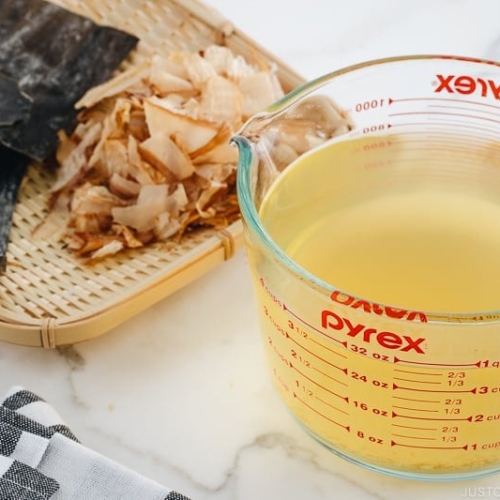
Awase Dashi (Japanese Soup Stock)
Video
Ingredients
- 1 piece kombu (dried kelp) (10 g; 4 x 4 inches, 10 x 10 cm per piece)
- 1 cup katsuobushi (dried bonito flakes) (packed; 10 g)
- 4 cups water
Instructions
Before You Start…
- Sometimes life happens and you just don‘t have 20 minutes to make dashi from scratch. On those occasions, you can use a Dashi Packet or Dashi Powder.

- Gather all the ingredients. Most Japanese recipes would say to gently clean the kombu with a damp cloth. However, these days, kombu is quite clean, so just make sure it doesn't have any mold spots and it‘s ready to use. Do not wash or wipe off the white powdery substance, as it has lots of umami.

- Make several slits in 1 piece kombu (dried kelp) to release more flavor.

To Make the Cold Brew Kombu Dashi Ahead of Time (Optional)
- Put 4 cups water and the kombu in a large bottle and let it steep on the counter for 2–3 hours in the summertime and 4–5 hours in the wintertime. You can also cold brew the kombu dashi overnight in the refrigerator.

To Make the Awase Dashi
- Add the kombu and water to a medium saucepan. If you have cold brew Kombu Dashi (previous step), add the Kombu Dashi and hydrated kombu to the saucepan.

- Turn on the heat to medium low and slowly bring to almost boiling, about 10 minutes.

- Meanwhile, clean the dashi by skimming the foam and debris from the surface.

- Just before the dashi starts boiling gently, remove the kombu from the saucepan (discard or repurpose in other recipes—suggestions follow). If you leave the kombu in the saucepan, the dashi will become slimy and bitter.

- Add 1 cup katsuobushi (dried bonito flakes) and bring it back to a boil again.

- Once the dashi is boiling, reduce the heat, simmer for just 30 seconds, and turn off the heat.

- Let the katsuobushi sink to the bottom, about 10 minutes.

- Strain the dashi through a fine-mesh sieve over a bowl or measuring cup. Reserve the katsuobushi and repurpose it; see the suggested recipes that follow. The Awase Dashi is ready to use.

To Store
- If you are not using the dashi right away, store the dashi in a bottle or mason jar and keep it in the refrigerator for 3–5 days or in the freezer for 2 weeks.

What to do with the spent katsuobushi and kombu?
- Save the spent kombu and katsuobushi in an airtight container and store it in the refrigerator for a week or in the freezer for up to a month.

- With the spent kombu, you can make Simmered Kombu (Kombu Tsukudani).

- You can also make Homemade Furikake (Rice Seasoning).

Optional: Niban (Second) Dashi
- In a medium saucepan, put 2–4 cups* of water and previously used kombu and katsuobushi from making the first dashi. Bring it to a boil over medium-low heat. *2 cups would make a stronger dashi.
- Remove the kombu just before the liquid comes to a boil, then lower the heat, and cook for 10 minutes, skimming occasionally.
- Add an additional ½ cup (5 grams) of fresh katsuobushi and turn off the heat.
- Let the katsuobushi sink to the bottom and strain the dashi through the fine-mesh sieve.
Nutrition
Editor’s Note: This post was originally published in January 2013. The images and content have been updated in April 2019.
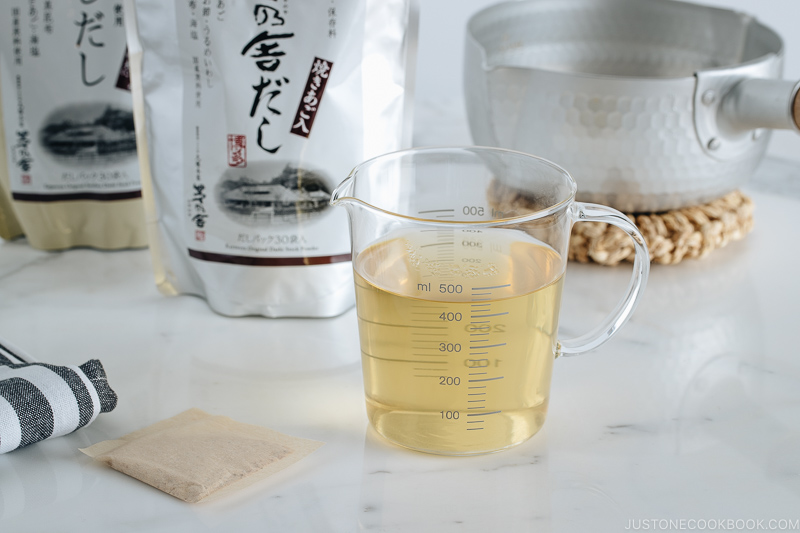
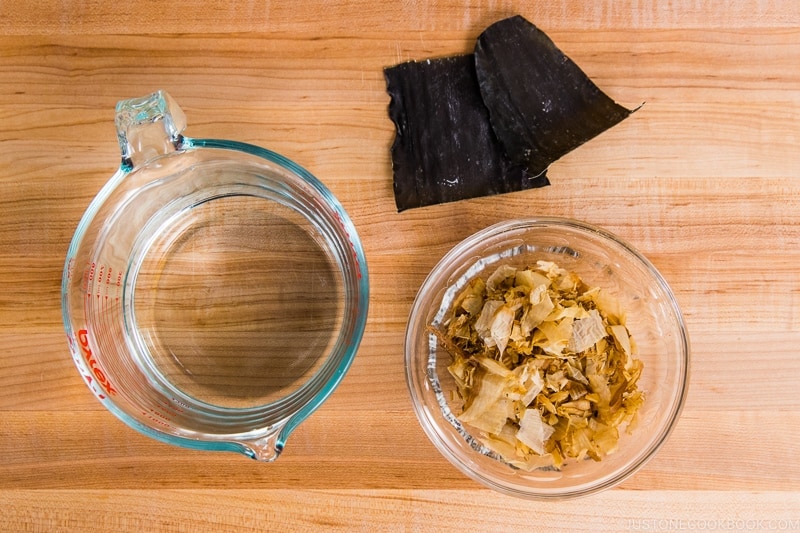
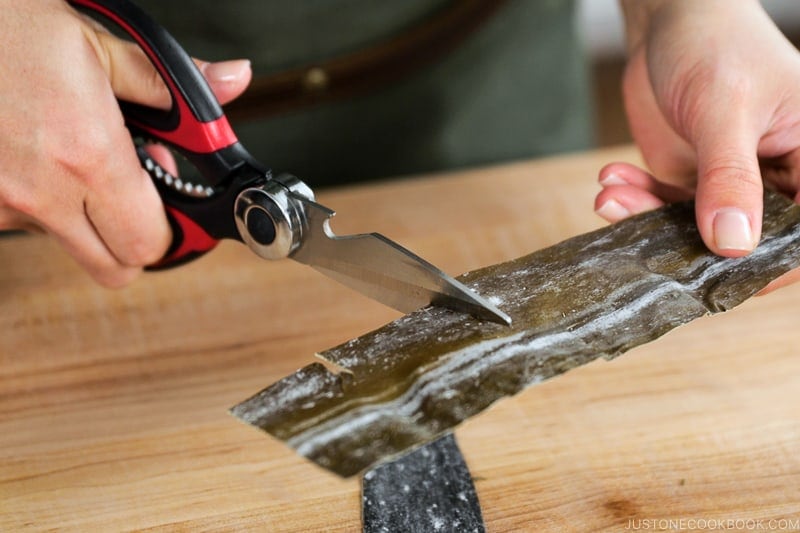
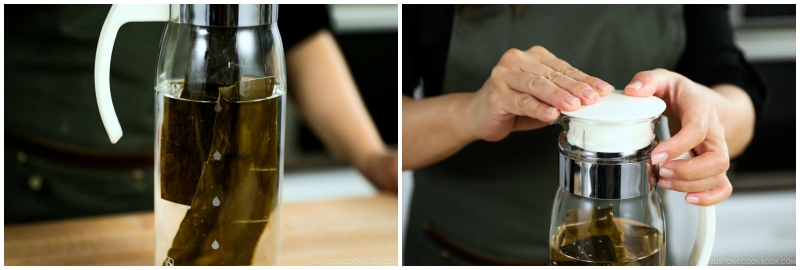
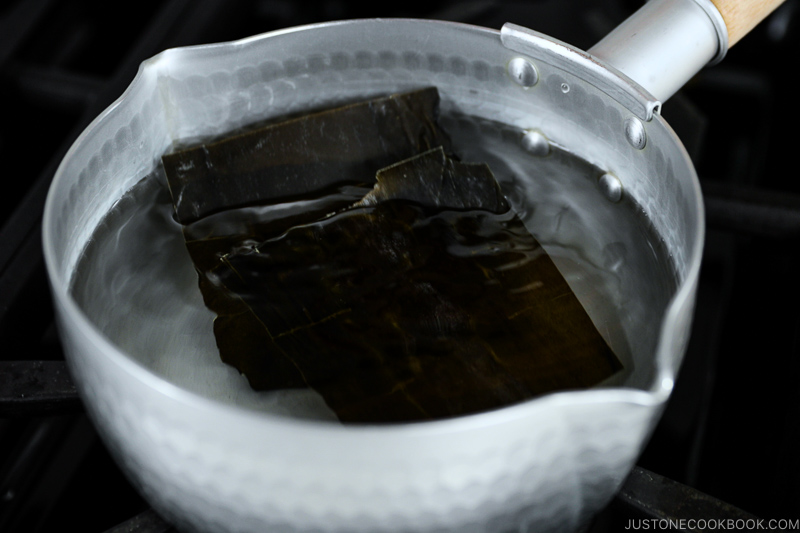
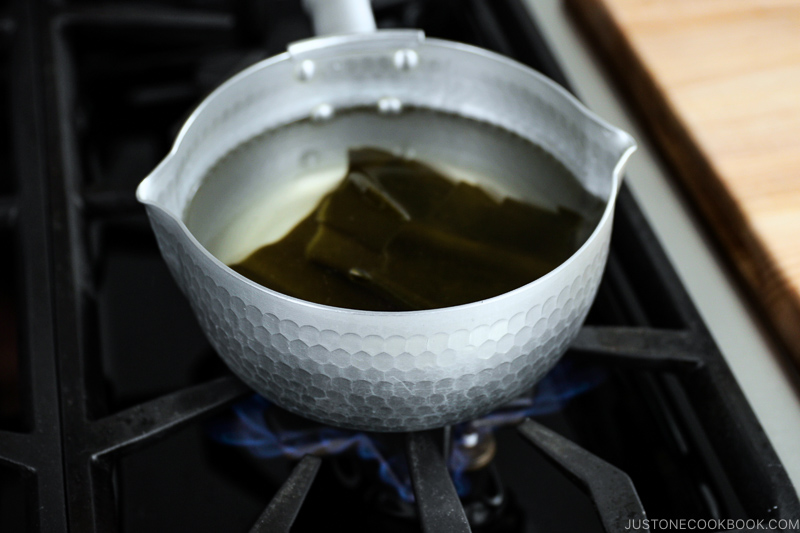
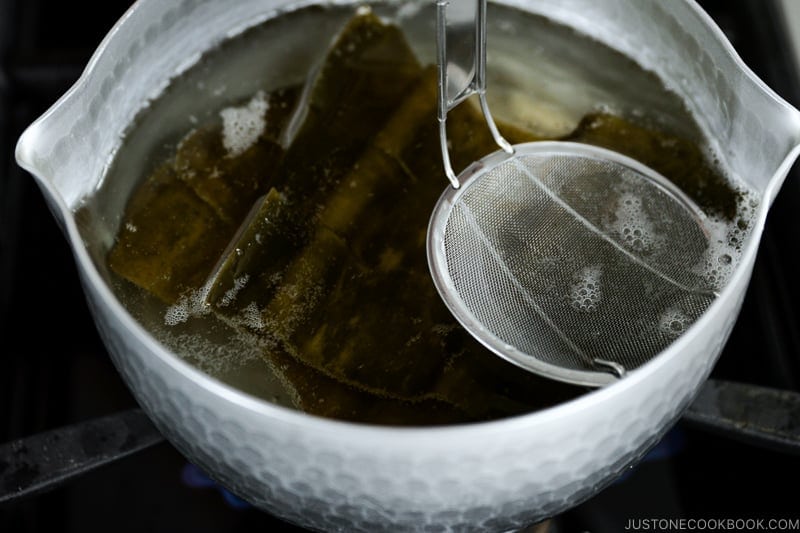
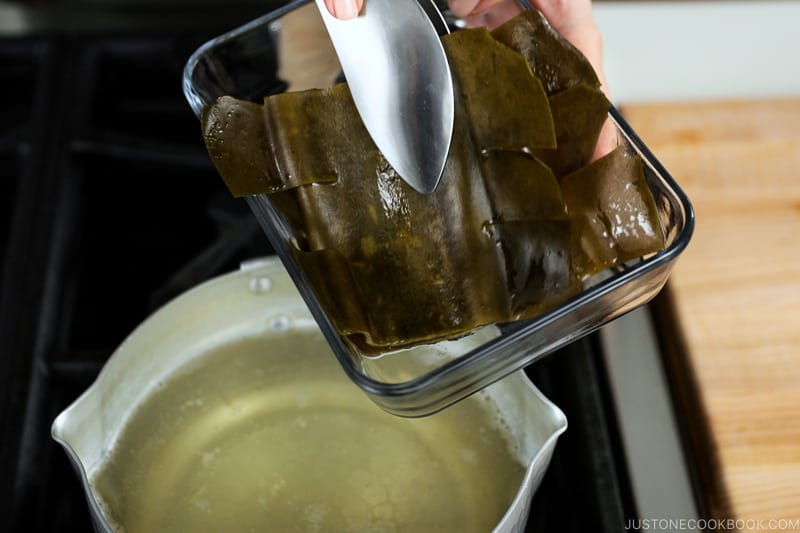
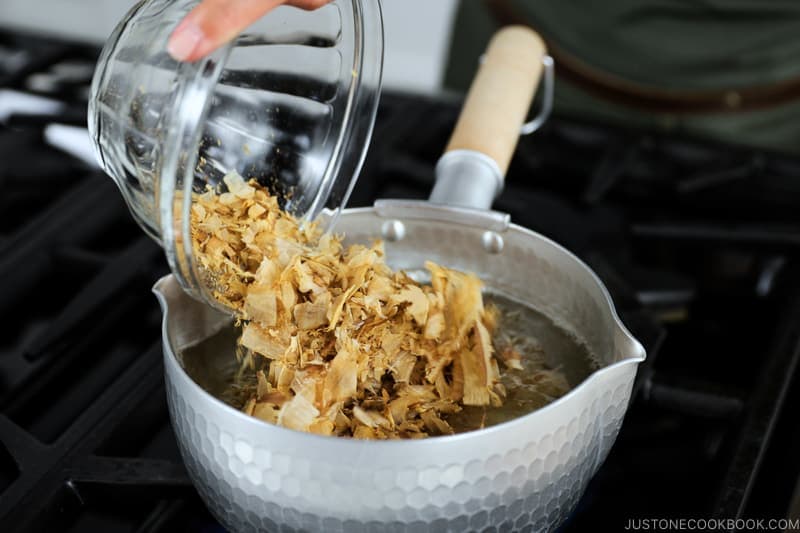
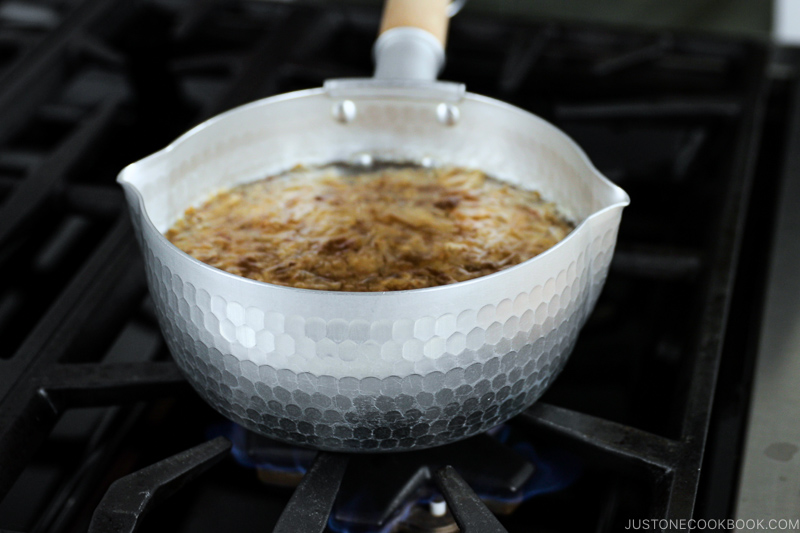
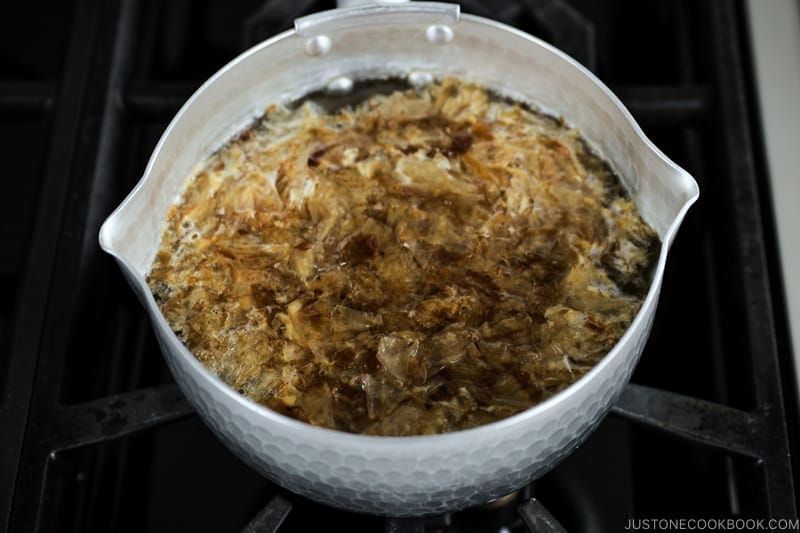
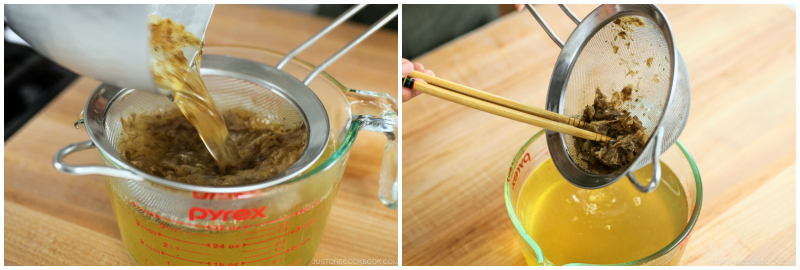
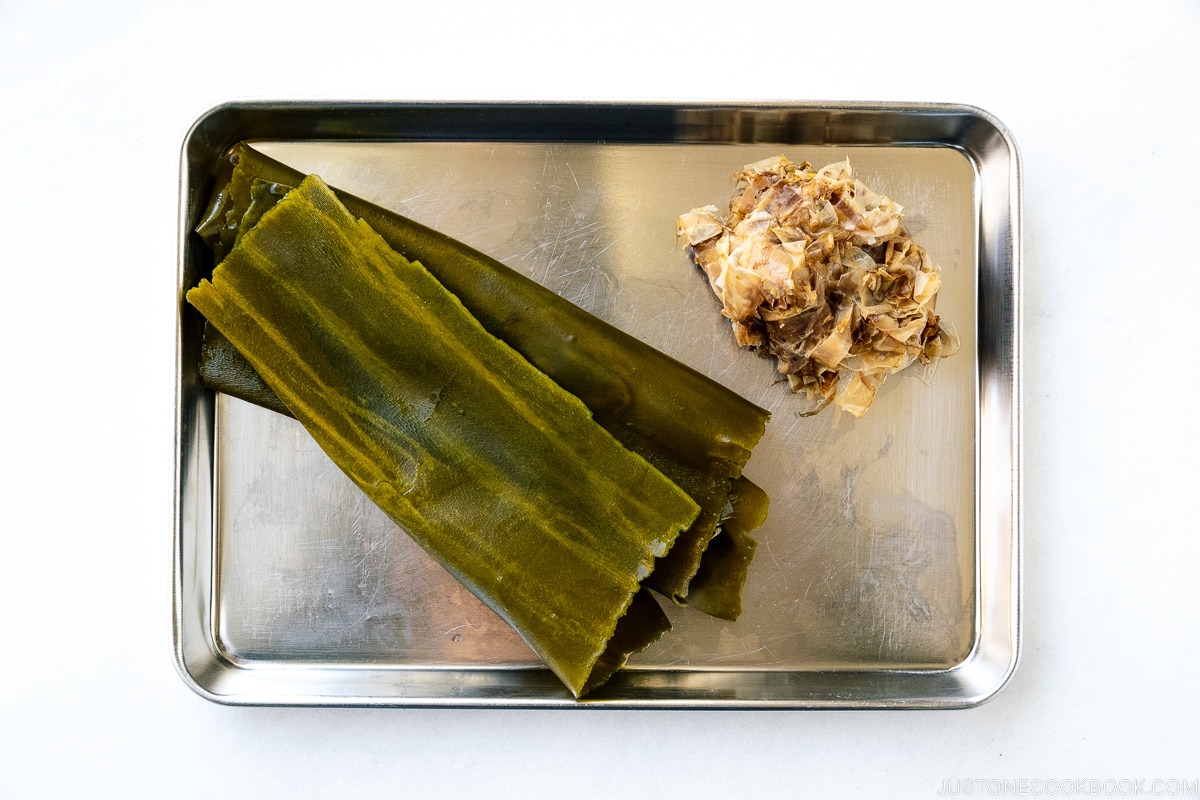
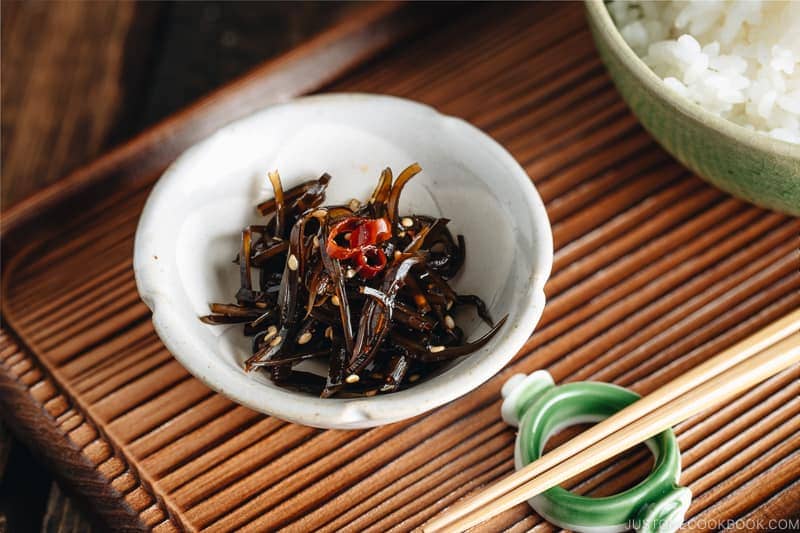
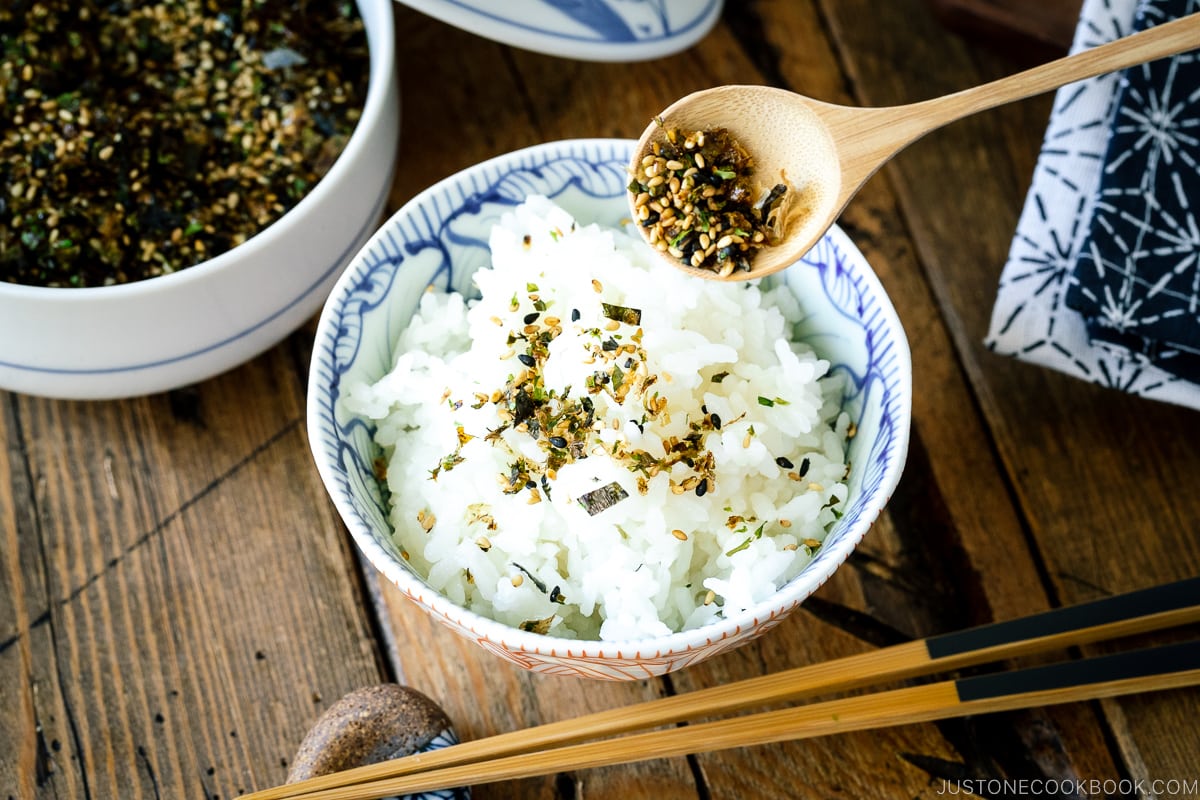

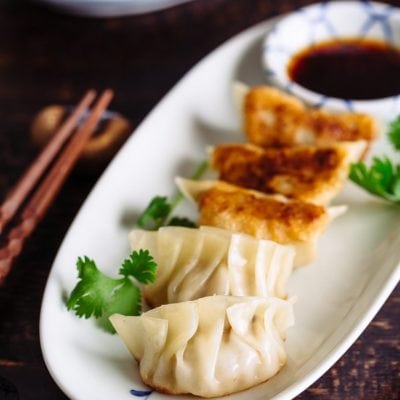
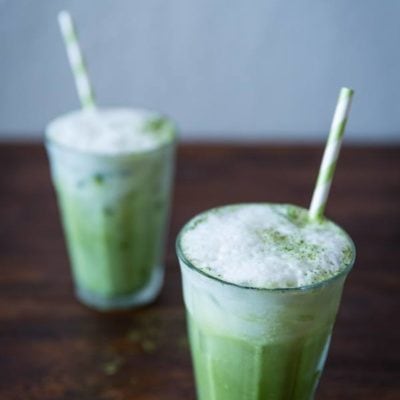

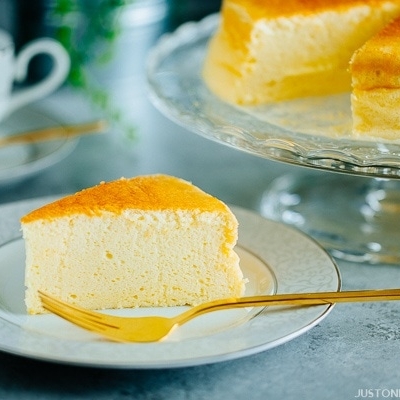
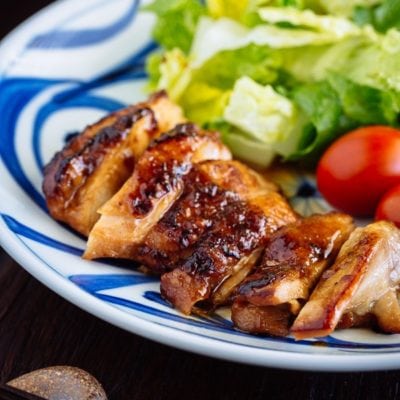
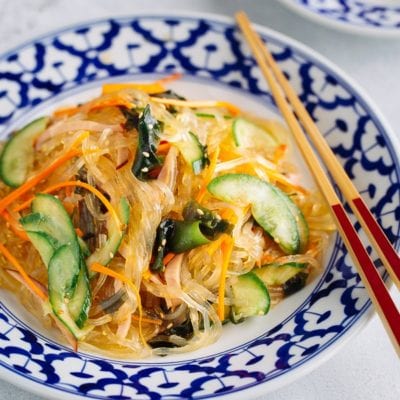

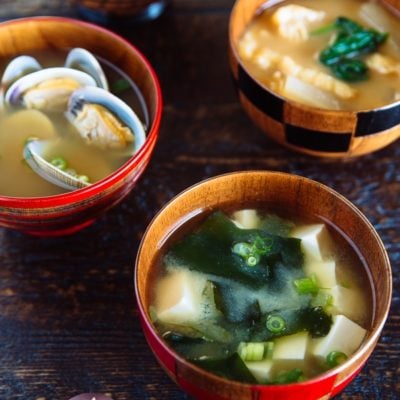

The dish I’m currently making is Udon, and the bowls that i need to fill are about two cups each. How much of the ingredients would I have to us to make enough Dashi for a group of six people? Would I just double the amount that you currently have listed at the top?
Hi Vrenn! This dashi recipe yields 3 1/2 cups.
You’ll need 12 cups of dashi, so you need to make 3 to 4 times. If you make a basic Udon noodle soup base such as this recipe (https://www.justonecookbook.com/recipes/kitsune-udon/), there are other condiments like soy sauce and mirin added to dashi to make udon soup. So I think you just need to make 3 times more than this recipe.
But if you are going to use “8 cups” just like I mentioned in Note section, then yeah double the recipe, and you should be good!
Hope this helps!
Is $9 expensive for 100 grams of hanakatsuo? I got the ninben brand of hanaktasuo kezuribushi from my local Korean supermarket. If that’s a reasonable price in the US, this is much more expensive than the tennen dashi sachets/teabags, which are $4 for 8 sachets. The homemade dashi would be >$3 for 3.5 cups, whereas the sachets are $.50 for 3.5 cups, meaning homemade is 6-7 times as expensive…
Hi Stephen! I forgot how much hanakatsuo cost in the Japanese supermarket I go to… I need to check, but I don’t think it cost that much. I usually use dashi packet for my regular day-to-day dishes for convenience, but in your case yes, yeah it’s more expensive to make homemade dashi!
A lot of people can’t find the dashi packet that we use (I really hope this will become more popular than dashi powder with MSG) and they have no choice but making dashi from scratch. I still think my homemade dashi tastes much better than those dashi packet. 🙂
Hi! Where can you buy these ingredients in Manila?
Hi John! I’m not familiar with Japanese grocery stores in Manila, but if you can find one (maybe in the city where many Japanese expats live), you should be able to find all the ingredients for making dashi as it’s the basic items for Japanese cooking. Korean uses kombu (kelp) and anchovies for making stock as well, so you can easily find in Korean supermarkets. Hope this helps. 🙂
Is it possible to make dashi using a bonito powder? I have this korean stock powder that has bonito and anchovy. Will it work?
Hi Dee! From your description, what you have seems like an instant dashi powder package? Japanese also uses it.
https://www.justonecookbook.com/how-to/how-to-make-dashi-jiru/
And yes it will work. 🙂
Hi Nami,
Do you have a recipe for the iriko dashi? I’m interested in learning that one to make kitsune udon. I enjoyed this dashi very much! I really prefer making things from scratch 🙂
Thank you,
Dalila
Oops! Never mind, I just read one of the posts above.
Hi Dalia! I’ve been meaning to make Iriko Dashi recipe for a while but haven’t had a chance yet. I’ll try to write a post in the near future…. 🙂
Hello, When you said skim it occasionally, what are you skimming for? Fat? Bubbles? Bonito flakes?
Hi Sillkie! Small bubbles and some particles floating on the surface (if there is any). Most of it it should be pretty clean, and a tiny bit of bubbles. 🙂
Hi, Nami! I am starting my life as a Japanese housewife (after 11 years of marriage!) and am finding your website unbelievably helpful for my kitchen endeavors!! You have already helped me impress my in-laws (visiting from Japan) with your recipe for namasu (many, many thanks!).
I have a question about the Niban dashi and furikake – do I have to choose between the two, or can I make the Niban dashi then make the furikake (from the same ingredients)?
Hi Kelley! Happy New Year! I’m so happy to hear you made namasu and your in-laws enjoyed it. 🙂
You can make furikake after nibandashi. You add seasonings to kombu and katsuobushi, so you can use kombu and katsuobushi after making nibandashi to make furikake. Hope that helps!
Nomikosan. When you used the word UMAMI. What does that word mean?
Dashi provides great umami from all these ingredients and you don’t need to season the food much if you have good dashi.
Hi Rarufu!
Besides the familiar tastes of sweet, salty, bitter and sour, there is a fifth taste we can perceive with our tongue, and that we call “umami”. Like fatty meats like steak, aged cheese, really complex broth from fresh ingredients… those are the “umami”.
You can read a little bit more about it on wiki for details.
http://en.wikipedia.org/wiki/Umami
On the “How to Make Dashi Stock” page, it says that Iriko Dashi recipe is coming soon. I’m really interested and looking forward to that recipe using dried baby sardines. There is no comment section on that page so I comment here.
Hi YLK! Thank you for your request. I’ve been meaning to make the post, but haven’t had a chance yet. I’ll mark as higher priority in my lists of recipes to try. Thanks! 🙂
Hi! This recipe looks great.
I was wondering — if I soak it for 3 hours, does this mean when I boil it I don’t keep the kombu in the pot? So after 3 hours, I just take it out and then add the flakes?
Sorry I am not good at this!
Hi Wendy! Thank you for asking. 🙂 You soak for 3 hrs, and keep the kombu inside the water. Then when the water is about to boil, take out the kombu. Please feel free to ask me if you have any question. 🙂
Oh! 😀 That’s great. Thank you for such a quick reply. I’ll try this tonight.
I bought aokizami kombu to make dashi. The store was out of the plain kombu. Do I still use 20 grams? Is there anything I should know about using that type of kombu? Is it stronger since it is shredded?
Hi Beth! I’ve never used kizami kombu to make dashi before but it’s supposedly just shredded version of kombu. We usually use kizami kombu for simmered dishes as ingredients, just never heard someone tried it for making dashi. Is it more expensive? 20g is a lot to make dashi? It seems like shredded one will give more flavor because it’s cut surface… maybe try with 10-15g? What do you think? Sorry I can’t be much of help here..
Hi, I recently visited Nagano Prefecture and dinned at a small soba restaurant where I had cold soba with a black sesame soup. The soup must have been made from either white or black sesame paste as it had a cloudy look to it and a slight tahini taste. I can’t remember if the paste was at the bottom of the bowl and I added the dashi/soy liquid from the little pouring bottle, or if it was all in together from the beginning. Out of all the soba meals I enjoyed this was the best! Do you know how to make this dish, and would you be willing to share it? Jan
Hi Jan!
I just asked my mom to see if she knew and she told me it’s called Kurumi (=walnut) Dare (=sauce). The tahini you tasted is actually from walnut.
You can purchase from Amazon Japan:
http://www.amazon.co.jp/%E9%A3%9F%E5%93%81-%E9%A3%B2%E6%96%99/dp/B00BTWCSX0
I don’t know how to make it, but here’s a recipe I found online.
100 g walnut
4 Tbsp. sugar
90 ml mirin
80 g miso
4 Tbsp. honey
Mix all together.
Source: http://recipe.rakuten.co.jp/recipe/1040007439/
Hope that helps!
Thanks for the recipe! I usually cheat by using in the bottle dashi concentrate, my bf turned me on to it. This will be nice when I want to do more formal meals.
Thank you Diana! I usually use dashi packet (like a tea bag) for my daily use which is really quick and easy. But when I need a lot of dashi for 1-2 dishes, I always make it from scratch. Thank you for your feedback! 🙂
Hi, is the dashi stock suitable for making porridge for baby (10 months)?
Hi Ginny! Yes, in Japan dashi is introduced to baby as early as 8 months old. Start from diluted version to make sure your baby has no allergy and flavor is not too strong. You can use kombu dashi (vegetarian), too. 🙂
How long will dashi keep in the fridge?
Hi Shoshana, If you store the dashi in a bottle or mason jar and keep it in the refrigerator, it will last for 3-5 days or in the freezer for 2 weeks! We hope this helps!
Hi Nami,
For the kombu, if I don’t have time to soak it for 3 hours – half day, do I just skip this proceess and just boil the kombu?
Thanks.
Hi Candice! Yes you can – but even 30 minutes would help! Make sure to take out kombu BEFORE boiling. 🙂
Hey! Is it necessary to perform this cold brew step before boiling? I’m wondering what the extra 30 minutes would help with.
And if you use the leftover ingredients for 2nd dashi, is it no longer valuable to make furikake?
Hi Megan! Here are my answers:
1) You don’t need to, but it takes time for kombu to release umami, so if you are skipping the pre-soaking (cold brew part), I highly recommend to SLOWLY bring the kombu water to almost boil over low heat.
2) No, even after 1st dashi, you don’t have much flavor left, which is why we season to make furikake. It’s more for texture thing, and taste comes from seasoning. 🙂
Hi Nami,
loving your cookbook! it really did become my “one cookbook” when it comes to Japanese. Now I have a question regarding dashi, maybe you can help clear this up:
What is the difference between Aragatsuo, Katsuobushi, Karebushi, Kezuribushi, Kezurikatsuo and Hanakatsuo?
I think Katsuobushi is the word for the complete wood-like dried Katsuo, not the shavings because these are karebushi? Or are they?
Cheers,
Mike
Hi Mike! I’m happy to hear you enjoy my blog! And thanks for the question! You know very details about bonito flakes!
First of all, I think “Aragatsuo” you mean is a different thing. Ara = head and gatsuo = katsuo, and there is a dish called “Katsuo no Ara ni (鰹のあら煮)”. It’s a simmered dish and not dried bonito flakes.
“Katsuobushi 鰹節” refer to a whole block of dried and smoked meat or shaved one. But “Kezuribushi 削り節” only refers to shaved katuobushi (kezuri means “shaved”). People generally use the term katsuobushi or kezuribushi for bonito flakes.
Katsuobushi has different names depends on how it’s processed.
* Namaribushi 生利節 (boiled and dried only)
* Arabushi 荒節 (smoked after boiled and dried)
* Karebushi 枯節 (mature by deliberately planting fungus to reduce moisture), and
* Honkarebushi 本枯節 (even more matured and most expensive kind).
Hanakatsuo 花鰹 is katsuobushi (but precisely kezuribushi) that’s shaved like “hana” (flower). There are different names for how it’s shaved.
Hope this helps. Maybe Google can answer your question better. 🙂
By the way, the email got bounced back. I hope you see my response here.
Many thanks!
Let me see if I understand this correctly 😉
Namaribushi, Arabushi, Karebushi and Honkarebushi are different production steps of Katsuobushi. For example if you have “arabushi” and then plant fungus into it, it becomes “karebushi”.
Now when people use the term “kezuribushi”, does this refer to shaved flakes of Namaribushi, Arabushi, Karebushi or Honkarebushi? Are there other specific words for shavings of, say, Karebushi as opposed to Arabushi?
When buying katsuobushi flakes, what kind of shaving would you recommend? Probably there are more thick/coarse cuts for making dashi, and probably when topping agedashidofu you would use hanakatsuo?
ok… this is getting very, very specific 🙂
Cheers!
Hi Mike,
Yes, the first part is right.
Glad you asked – I had to check.
Katsuobushi Kezuribushi (鰹節削り節) is shaved Karebushi or Honkarebushi. Of course more expensive.
Katsuo Kezuribushi (鰹削り節) is shaved Arabushi (no fungus). Less flavor but cheaper. It’s generally used for dashi at home (so that we can use a lot, I guess). This is the general “Katsuobushi” when you talk about bonito flakes. Hana Katsuo is categorized here.
I like using big flakes (Hana Katsuo) for dashi instead of small flakes which I use for Agedashi tofu (but of course preference). For Okonomiyaki I like bigger flakes too.
Hope this helps. Glad you got my email/response. 🙂
Again, many thanks!
By the way, I don’t know if you want to publish this (commercial and all) but you should check out http://www.fushitaka.com/ I can’t really understand it, it’s only Japanese, but they appear to have a spectacular variety of Katsuobushi.
Thanks for the link! Yes they even have other fish’s kezuribushi besides katsuo. I sometimes wish that I could get these good ingredients here!